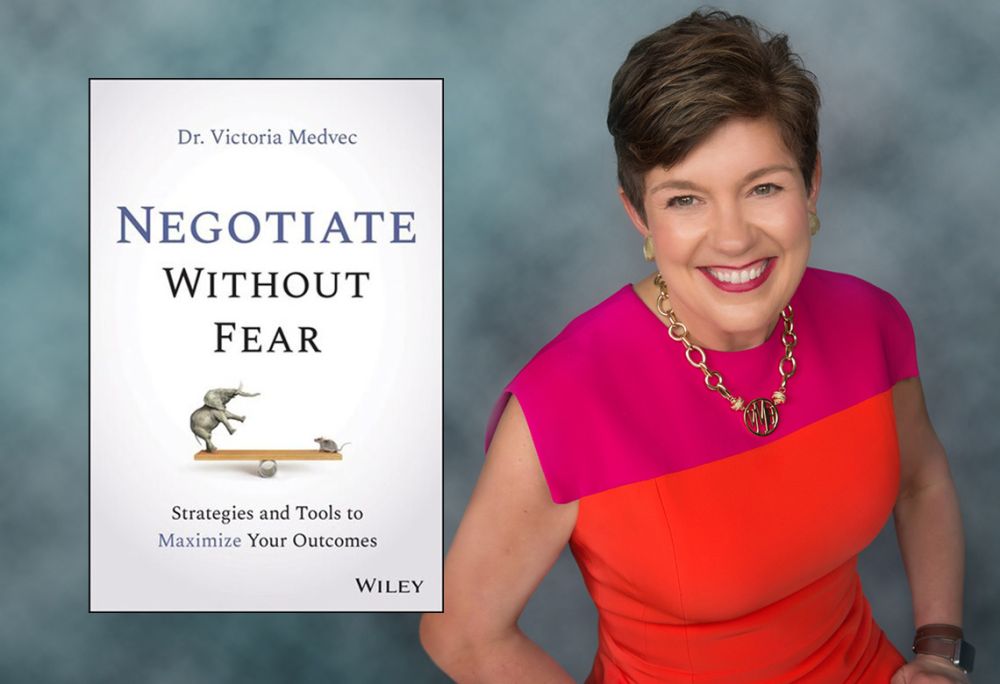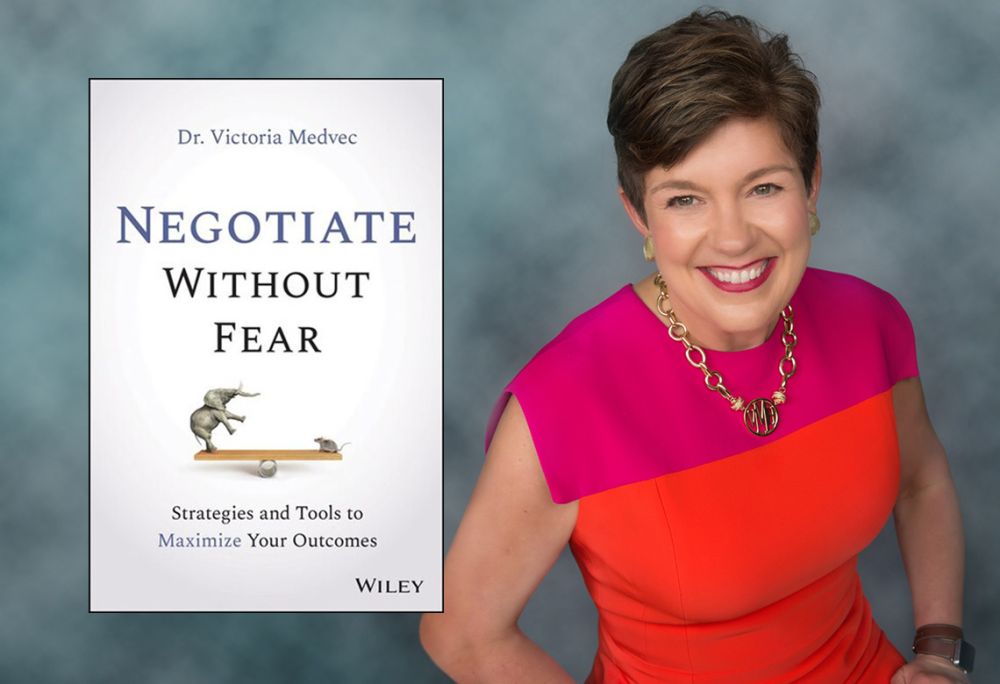Tools and techniques for high stakes negotiation
World expert Dr Victoria Medvec lays out the negotiation skills you need to do better deals


Leadership
Sales
Upcoming Learning
Who's Up Next?We're continually sourcing the world's greatest minds for your business success, so subscribe today for event updates, business ideas, leadership tips and tools for growth.
Related Articles


